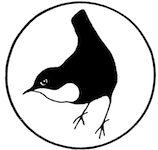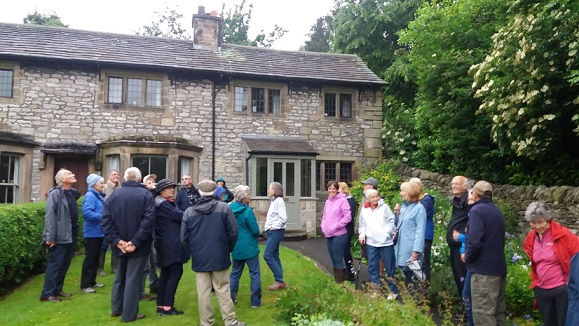Event Date: Saturday 26 September 2020, 09.30 to 13.00
Summary
Attenborough Nature Reserve is situated on the northern bank of the River Trent and is managed by Nottinghamshire Wildlife Trust. The hides were closed because of the pandemic but we still managed to get good views over the ponds and River Trent. The sun was in and out and the cool breeze was only felt in the more exposed spots.
It was noticeably quiet on the bird-front in most of the wooded areas. The smaller species were not numerous and only tended to show up where food had been put out for them. Nevertheless, considering the time of year, we were pleased with our tally of 35 species. We had a good view of the Kingfisher (helped by having a scope); it was clinging on to a bent reed over one of the ponds.
Once again we had to compete with cyclists, runners, dog walkers and families enjoying a day out but the reserve is big enough for that not to be a major issue.
Members participating: 3
Bird list (35 species seen and/or heard)
| Little Grebe | Mallard | House Martin |
| Great Crested Grebe | Shoveler | Wren |
| Cormorant | Tufted Duck | Robin |
| Little Egret | Buzzard | Cetti’s Warbler |
| Grey Heron | Moorhen | Blue Tit |
| Mute Swan | Coot | Great Tit |
| Greylag Goose | Lapwing | Magpie |
| Canada Goose | Black-headed Gull | Carrion Crow |
| Egyptian Goose | Lesser Black-backed Gull | Starling |
| Wigeon | Herring Gull | Chaffinch |
| Gadwall | Woodpigeon | Goldfinch |
| Teal | Kingfisher |

